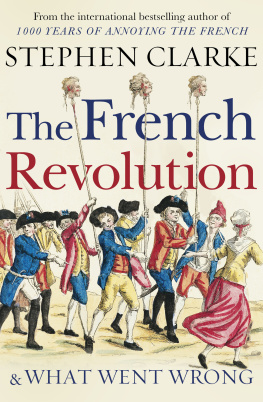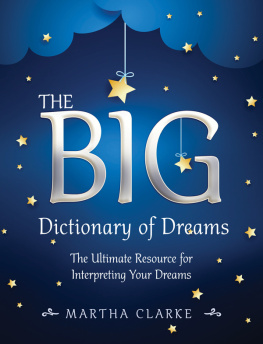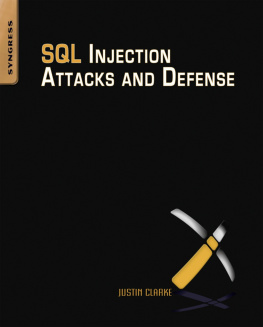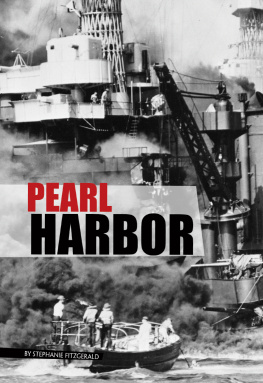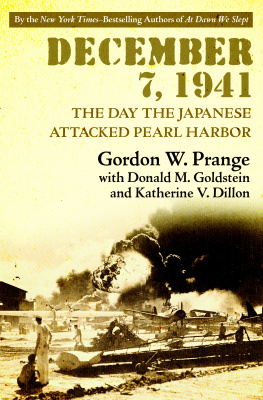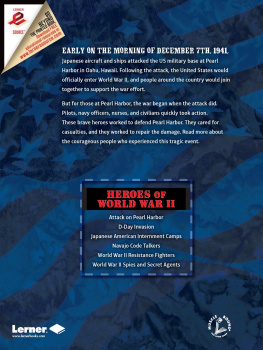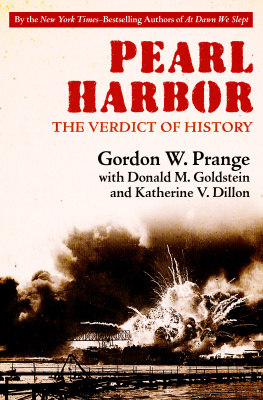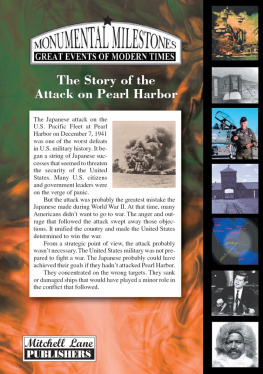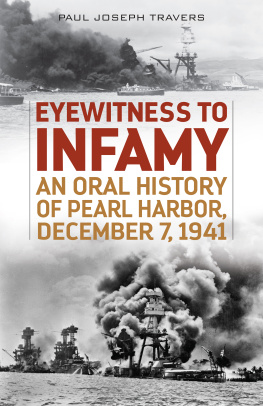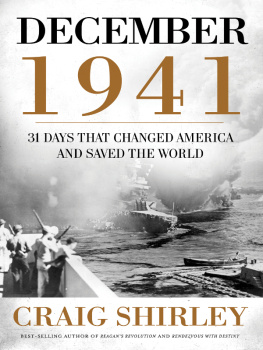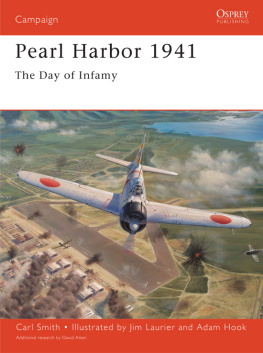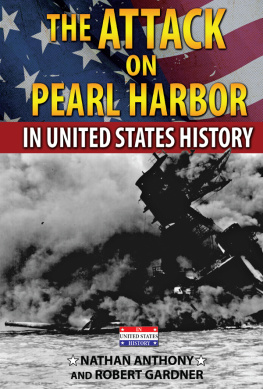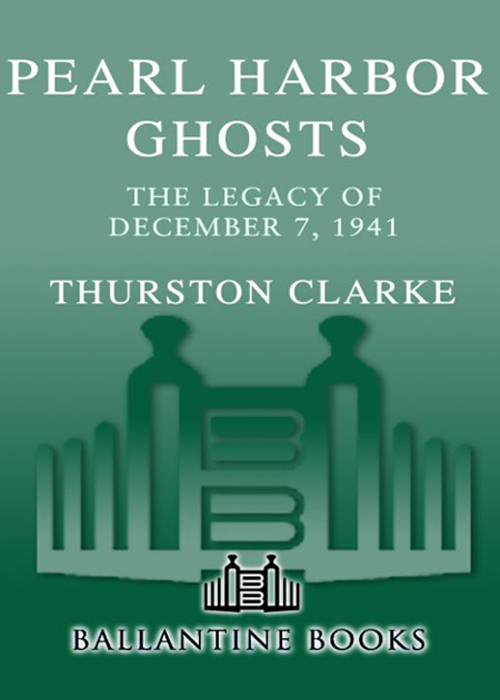
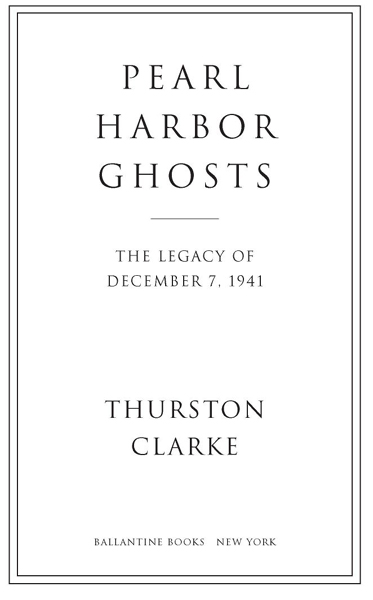
Table of Contents
FOR SOPHIE
[AN] ARTICULATE AND ENGAGING HISTORIAN.USAToday
Clarke describes the Pearl Harbor attack in vivid detail, and dissects the myths and symbols that grew around it. He skillfully recreates the Hawaii of 1941, and the events of Dec. 57, based on contemporary records and accounts, on several of the better histories and on his own interviews with survivors of that unforgettable Sunday morning.
New York Newsday
Fascinating... The racist attitudes toward the Japanese that Clarke has collected tell a story that goes far beyond the confines of the Hawaiian archipelago.
Entertainment Weekly
Thurston Clarkes Pearl Harbor Ghosts stands apart from other examinations of that tragic day.
Chicago Tribune
Evocative... [Clarkes] book resonates.
San Diego Union
No other event in this century has riveted Americas attention as did the Japanese attack on Pearl Harbor in 1941.... Clarke says the Pearl Harbor attack was not merely a clear-cut, singular military event. Rather, he persuasively argues that the aerial assault opened a Pandoras box of questions that were not then addressed, have never been successfully dealt with, and the ghosts of these issues still remain with us, even after a half century.
Dallas Times Herald
MASTERFUL... UNFORGETTABLE...
[A] meticulously researched meditation on FDRs day that will live in infamy.... Between the carefully crafted lines is the pre-WWII America that felt itself invulnerable.... Woven into the dreamlike tapestry and sharp, provocative bits on contemporary Japanese-US realities.... Powerful, compelling prose lays this ghost to rest with dignity and painstaking honesty.
Kirkus Reviews (starred review)
Clarke sifts skillfully through hundreds of memories, Japanese and American, and there is much on both sides that is touching and revealing.... The book is filled with telling details and what the details tell us is chilling.
The Raleigh News & Observer
Recommended... An interesting combination of travelog, historical analysis, and anecdotal experiences reminiscent of Walter Lords classic Day of Infamy.... There are some new details for Pearl Harbor buffs, but most intriguing is Clarkes look at feelings toward Japanese Americans (and Japan) in Hawaii.
Library Journal
Great skill, sensitivity, and insight.
Honolulu Advertiser
Mesmerizing... An enlightening overview of the progressively devastating cultural and environmental devolution of the Hawaiian islands during the past five decades.
Booklist
PREFACE
APRIL 1990OCTOBER 2000
By World War II standards, Pearl Harbor was neither a very bloody nor complicated battle, and it can easily be summarized. In the early hours of December 7, 1941, a Japanese task force containing six aircraft carriers sailed to a point 230 miles north of the Hawaiian island of Oahu and launched 354 warplanes in two waves. These flew undetected to Oahu, surprising the American military. During a raid lasting about an hour and forty minutes, Japanese pilots attacked every important air and naval installation on the island, destroying 188 Army and Navy aircraft, most of them on the ground, and sinking or damaging four auxiliary ships, three cruisers, three destroyers, and eight battleships. Japan lost twenty-nine planes and five midget submarines. Its fleet withdrew without having been sighted, having won one of the centurys more one-sided victories.
This raid has since become one of the most obsessively examined engagements in military history, described and analyzed in thousands of articles and monographs, in over a hundred books listed under Pearl Harbor in the Library of Congress, and in the reports of nine military and congressional investigations. We know, in many instances, which pilots sank which ships, and sometimes which gunners downed which planes. We know what happened to every Pearl Harbor vesselthat the light cruiser Phoenix was sold to Argentina, where it was renamed the Admiral Belgrano and torpedoed by a British submarine during the Falklands war, that the Coast Guard cutter Taney was the only Pearl Harbor ship to serve in Vietnam, and that Navy Tug 146 became a fireboat in San Francisco Bay.
Any piece of an aircraft present on Oahu at the time of the attack has become a valuable relic. A wing section from an American P-40 fighter (or pursuit plane, as fighters were then called) shot down on December 7 sold for several thousand dollars fifty years later. World War II archaeologists have continued searching for the crews of six American planes that disappeared on December 7. A Honolulu resident has collected the names and curricula vitae of the Japanese pilots and can account for all but six of the downed Japanese aircraft. He is looking for the rest, hoping to find one that might become the centerpiece of a projected museum. Texan David Aiken has spent thirty-two years compiling a roster of every airman who was airborne on December 7 and locating witnesses to every aerial battle. He plans using this information to create a roster of the Japanese and American airmen he hopes will become the foundation for an organization of these men and their descendants, something like the Daughters of the American Revolution.
I think we remain fascinated by Pearl Harbor because it was the first attack on American soil by a foreign power since the War of 1812, the worst naval catastrophe in United States history, and a landmark battle, like Yorktown or Gettysburg, that changed the course of history, in this instance by forcing the United States to play an active role in world affairs. There is also the romance that surrounds spectacular military defeats such as the Little Bighorn and the Charge of the Light Brigade, and the belief that, in the words of Admiral Thomas Fargo, who spoke at Pearl Harbor on December 7, 1999, No single event is more central to our concept of national tragedy and national conviction than the events of December 7. There is also the suspicion that, like the assassination of President Kennedy, Pearl Harbor is a watershed separating an innocent past from a corrupt future.
My own fascination with Pearl Harbor began in grade school during the 1950s, when no December 7 could pass without a bulletin board filled with old clippings or a visit from a veteran. I learned that the Japanese had been treacherous for mounting a sneak attack, then an indisputable evil rather than the approved preemptive strike of today, and remembered Pearl Harbor during our duck-and-cover air-raid drills, and worried that if those poky Japanese propeller planes could appear without warning over Hawaii, then why not Russian jets over Connecticut?
I considered Pearl Harbor a purely military engagement, and pictured warships spewing fire, planes exploding on the ground, gunners surrounded by rings of flame, and naval bands completing The Star-Spangled Banner before breaking for cover. I saw Marine officers emptying their revolvers at Zeros as tears ran down their cheeks, and admirals wearing pajamas standing in their gardens, staring in disbelief. But what I ignored, or never knew, was that this had happened on the edge of an American city where 40 percent of the 1941 population was the same race as the pilots of those dragonfly planes.
When I first arrived in Honolulu more than ten years ago I found it hard to believe that a modern city of 900,000 could have time for the relics of a 1941 city less than a third its size. But I was soon finding them everywhere. Bullet holes still scarred buildings at Hickam and Wheeler Fields, and although the teahouse patronized by a spy from the Japanese consulate had changed its name, it still catered to homesick Japanese.
Next page

